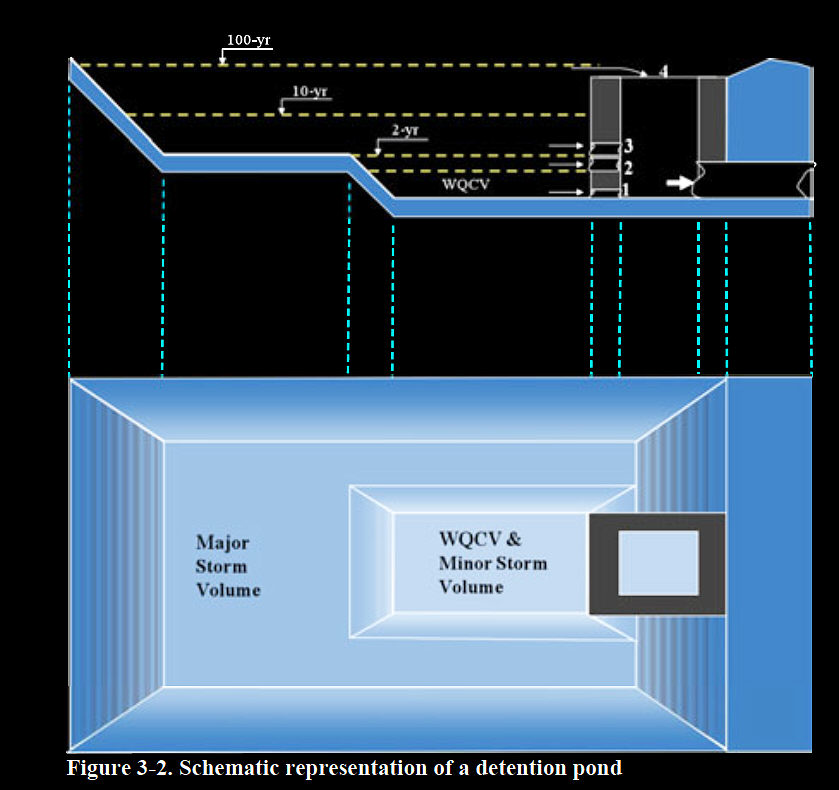
Ĭommon practice and a general guide is to prevent combustible vapors from transmitting from one process area to another process area, generally 15.2 meters (50 ft.) or more away. Where insufficient elevation is available for the main header, lift stations are installed with a forced pressure outlet header to a disposal or treatment system. Sewer systems are normally gravity flow for either sanitary requirements or oily surface water disposal. Normal practice is to ensure adequate drainage capability exists at all pumps, tanks, vessels, columns, etc., supplemented by area surface runoff or general area catch basins. Īn adequate drainage system should be provided for all locations where a large amount of hydrocarbon liquids has the possibility of release and may accumulate within the terms of the risk analysis frequency levels. These stops should be sturdy but adjustable.


Provision should be made for limiting travel of the hood door to that opening which can be supported by the hood fans and the air handling system. The hoods should be made of stainless steel and be conveniently locked. Hoods for toxic work should be easily decontaminatable with a catch basin leading to a toxic sump.

In cases where bellows failure would release flammable, toxic or corrosive liquids through the vent, a short nipple and elbow should be used to direct leakage to an open funnel which is piped to grade and ties into a catch basin or manhole with a sealed inlet connection. Skimming and vacuuming floating PCP/oil from the catch basin and p>ond. Wastes such as street sweepings, roadside litter, catch-basin debris, dead animals, and abandoned vehicles are classified as special wastes.


 0 kommentar(er)
0 kommentar(er)
